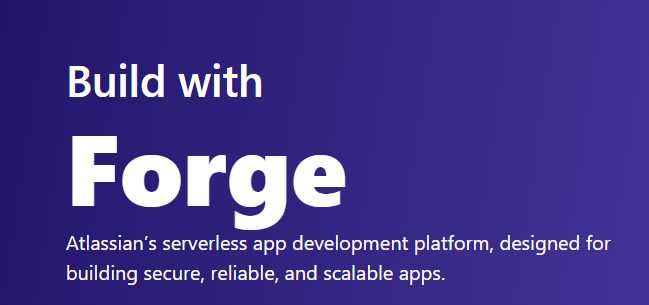Is Your Jira and Confluence World About to Change? Understanding the Shift from Connect to Forge
Are you a Jira or Confluence admin user? Do you rely on apps from the Atlassian Marketplace to supercharge your workflows and collaboration? If so, you might have heard whispers about some changes on the horizon. Don’t worry, we’re here to break it down for you in plain language and help you understand what it means for the tools you use every day.
For years, many of the fantastic apps you’ve come to depend on have been built using a framework called Atlassian Connect. Think of Connect as a set of tools and rules that allow external developers to build apps that can seamlessly integrate with your Jira and Confluence instances, often running their own infrastructure. This has given developers a lot of flexibility.
Now, Atlassian is championing a new way of building apps called Forge.

The key difference for you, the user, lies in where these apps actually run. Forge apps are hosted and run directly within Atlassian’s secure cloud infrastructure. This shift brings some significant advantages, particularly in terms of security, reliability, and potentially a smoother user experience.
So, what’s the big news? Atlassian has announced the deprecation of Atlassian Connect. This means that over time, new features and updates will primarily focus on Forge apps, and eventually, Connect apps will no longer be supported.
What does this mean for you, the Jira and Confluence user?
While the underlying technology is changing, the goal is to provide you with an even better ecosystem of apps. However, there are a few important things you should be aware of:
- App Availability: Over the coming months and years, you’ll likely see developers migrating their existing Connect apps to the Forge platform. Some older or less popular apps might not make the transition.
- Functionality: While the core functionality of most apps should remain the same or even improve with Forge, there might be subtle changes in how they work or integrate.
- Security and Reliability: Forge’s architecture inherently offers enhanced security and reliability as Atlassian manages the infrastructure. This can lead to more stable and trustworthy apps.
- Potential for New Features: The Forge platform opens up possibilities for developers to create even more innovative and tightly integrated features within Jira and Confluence.
What should you do now?
As an end-user, you don’t need to become a developer overnight! However, here are a few practical steps you can take:
- Take Inventory of Your Apps: Go through your Jira and Confluence instances and list the apps you actively use.
- Stay Informed: Keep an eye on announcements from the vendors of your favorite apps. They will likely communicate their plans for migrating to Forge or any potential impact on your usage.
- Check the Atlassian Marketplace: As time goes on, the Atlassian Marketplace will clearly indicate whether an app is built on Connect or Forge. When considering new apps, you might want to prioritize those built on Forge for future-proofing.
- Communicate with Your Admins: If you’re part of a larger organization, discuss these changes with your Jira and Confluence administrators. They’ll be responsible for managing the transition and ensuring a smooth experience.
The big change from Atlassian Connect to Forge might sound a bit technical, but it’s really all about making your daily experience with Jira and Confluence even better. This update promises apps that are more stable, safer, and packed with more features.
These improvements will help your teams work together better than ever. Don’t hesitate to check in with the companies that make your apps and with your own IT team – together, we can make sure you move smoothly to the next generation of Atlassian apps.
These Solutions are Engineered by Humans
Did you like this article? Does it reflect your skills? Würth Phoenix is always looking for talented, enthusiastic individuals to help us drive our business. In fact, we’re currently hiring for many different roles here at Würth Phoenix.






